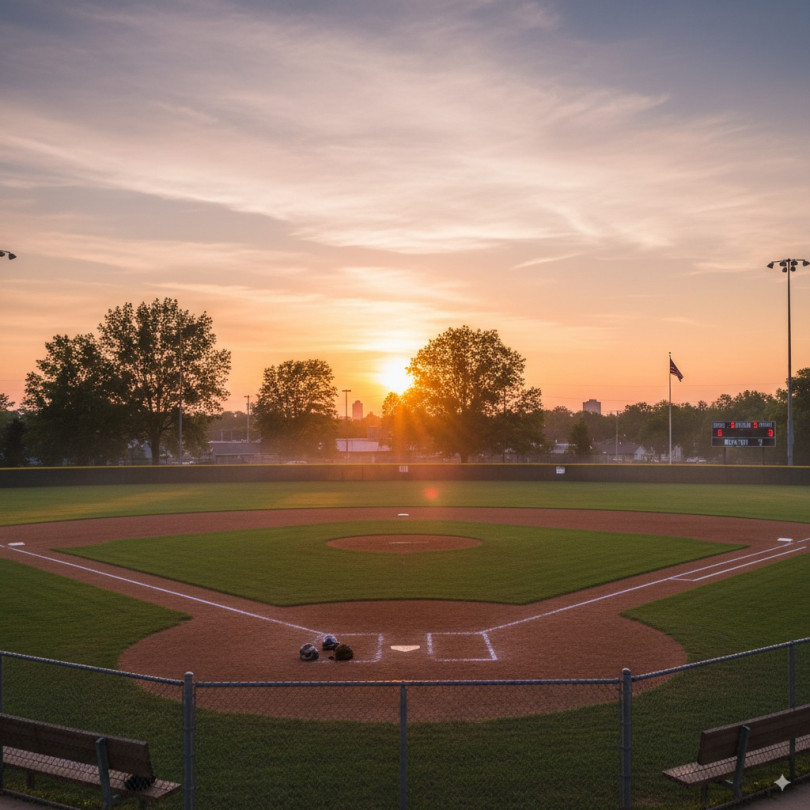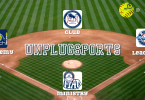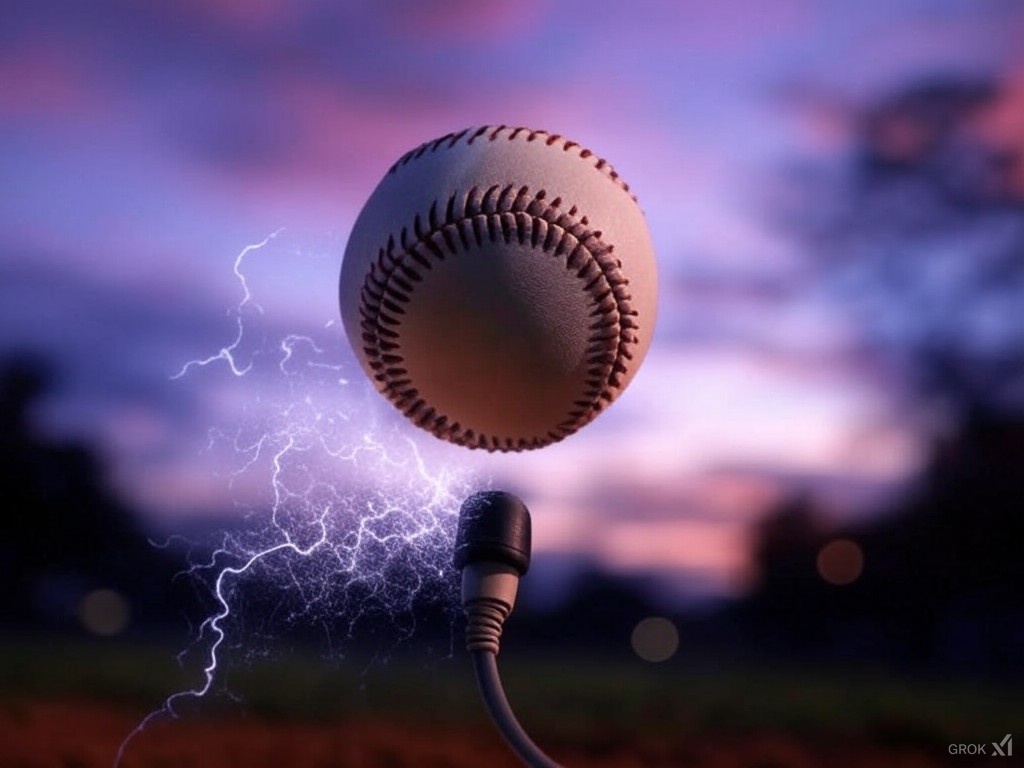Not sure about a rule or maybe you want to check the call the umpire made?
Click button to open chat box where you can enter your scenario or ask about a specific rule, if you want to check the drop 3rd strike rule, just type show or explain the drop 3rd strike rule to me.
The notebook will give you a detailed explanation in the middle screen, if you want to listen to the explanation, just select the audio option on the right, or video if you want to get a visual explanation.
The notebook will give you a detailed explanation in the middle screen, if you want to listen to the explanation, just select the audio option on the right, or video if you want to get a visual explanation.
Here is the response about the dropped 3rd strike
The rule regarding the dropped third strike, officially referred to as the Third Strike Rule (Dropped Third Strike), applies specifically in Fast Pitch softball.
Definition and Conditions
A dropped third strike occurs when the catcher fails to catch the third strike before the ball touches the ground.
The batter becomes a batter-runner and may attempt to reach first base under the following conditions:
- There are less than two outs and first base is unoccupied [67a].
- There are two outs (regardless of whether first base is occupied) [67b, 525].
If the catcher legally catches the third strike, the batter is immediately out, and the ball remains live [82a i]. If there are three strikes called and first base is occupied with less than two outs, the batter is out, and the ball remains live [82a ii, 518].
When the Batter is Not Out (and may run to first base)
If the third strike is dropped, the batter is not automatically out and becomes a batter-runner [5.5.1 b), 240, 525]:
- The batter may run to first base.
- If the batter reaches first base safely, they are safe.
- If the catcher drops the third strike, the batter is entitled to first base if they arrive safely.
- If the batter-runner fails to advance to first base and enters their team area, they are out [94a iv].
A pitched ball that touches the ground on a strike prior to the catcher catching it is considered a trapped ball [68d]. Therefore, if the ball hits the ground and the batter swings and foul tips it back to the catcher’s glove, the batter is still out on the foul tip. However, if a pitch touches the ground in front of home plate, bounces through the strike zone, and the batter swings, the catcher must legally catch the ball; if the catcher catches it on the first bounce, it is considered a dropped third strike, and the batter is entitled to first base if they arrive safely.
How the Batter-Runner Can Be Put Out
If the catcher drops the third strike, the batter-runner can be put out if the batter-runner is legally touched with the ball while off the base or thrown out prior to reaching first base [93a i].
Runner Advancement and Timing
When the batter becomes a batter-runner under the dropped third strike rule, it is treated the same as a batted ball, meaning the batter-runner may continue past first base toward second base, as long as they do not stop at first base [118v].
The ball remains live when a batter-runner is put out under the third strike rule [86b]. If runners advance while the dropped third strike situation is in progress, they advance at their own jeopardy [93a i].
Interference in a Dropped Third Strike Situation
If a batter-runner interferes with a dropped third strike, the batter-runner is out, the ball is declared dead, and runners must return to the base occupied at the time of the pitch [97vii, 173].
For example, if a batter swings and misses the third strike, the catcher drops the pitch, and the batter-runner interferes with the catcher’s attempt to recover the ball, the batter-runner should be declared out. However, if the batter-runner accidentally kicks or steps on the ball because the catcher’s error placed the ball in the runner’s path, this is generally not ruled interference, provided it is not intentional, because the batter-runner must be able to run to first base.
If a batter is automatically out (less than two outs, first base occupied) but runs to first base anyway, and is judged by the umpire to have done so intentionally to draw a throw for the team’s advantage, the batter is out, the ball is dead, and the runner closest to home is called out for interference.
Specific Situations Involving the Double Base (if used)
When a play is made at first base on a dropped third strike, the batter-runner touches only the fair portion of the double base, they may be called out if the defense appeals before the batter-runner returns to the fair portion of first base. This is treated as missing the base and is an appeal play [102iii, 180]. If the catcher retrieves a dropped third strike in first base foul territory and throws to a fielder covering first base, the one-meter (three-foot) line is extended to two meters (six feet), and both the defensive player and batter-runner may use either portion of the double base without a penalty.
Ready to check a rule? Click button below








